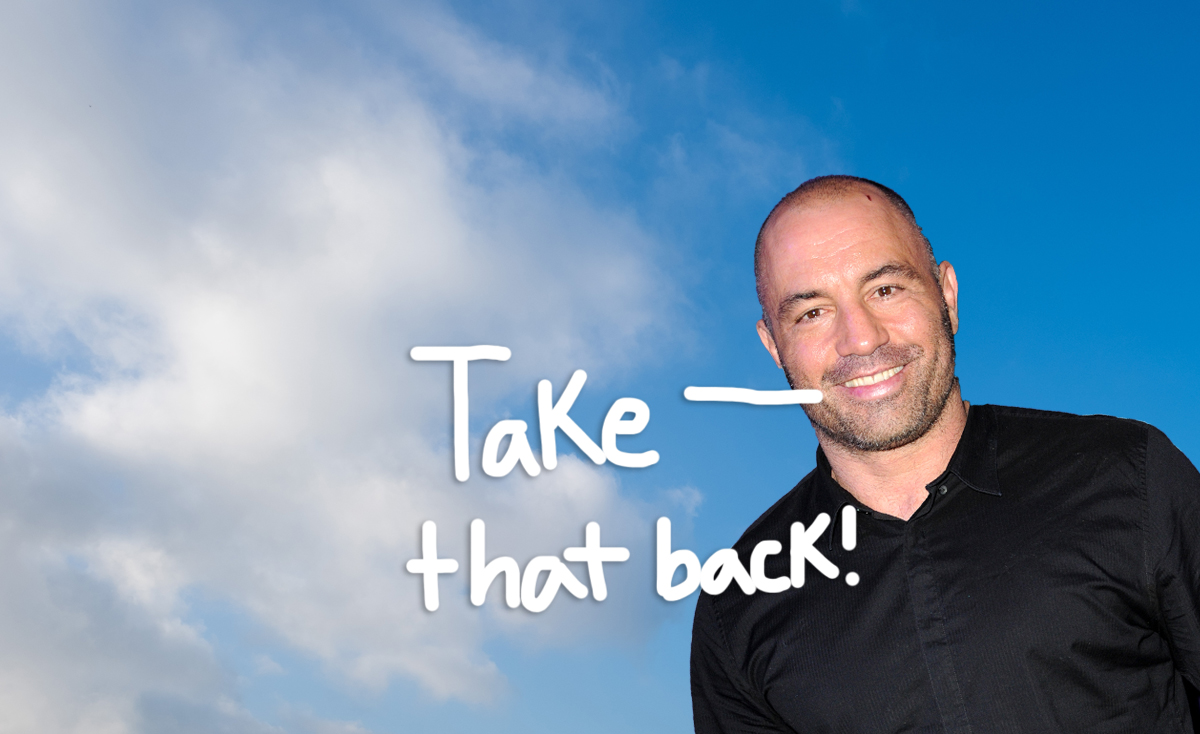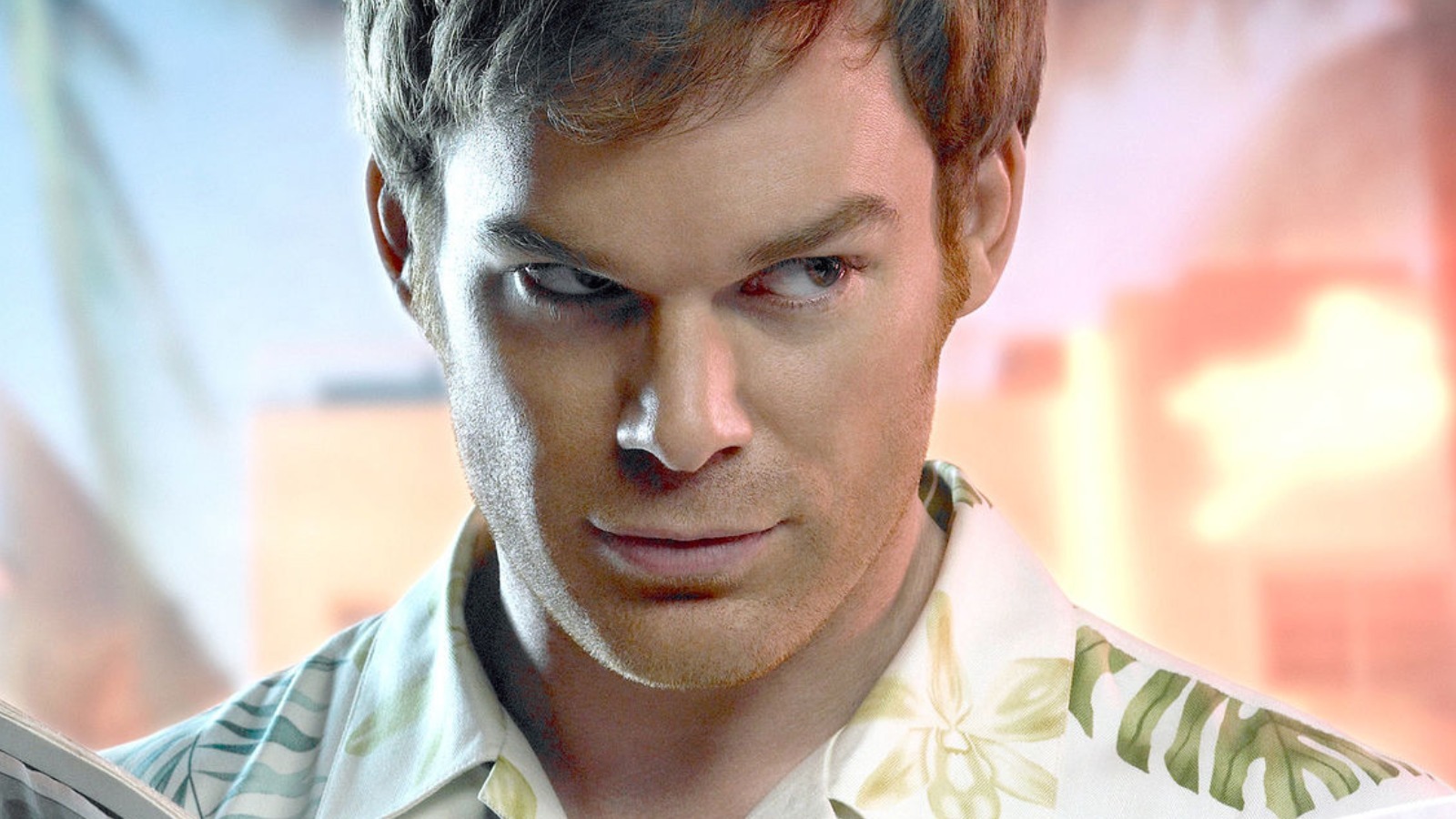#Donn Cambern, Film Editor on ‘Easy Rider’ and ‘Romancing the Stone,’ Dies at 93

Table of Contents
Donn Cambern, Film Editor on ‘Easy Rider’ and ‘Romancing the Stone,’ Dies at 93
Donn Cambern, the film editor who used his musical background to help make Easy Rider a masterpiece and 15 years later shared an Oscar nomination for cutting Romancing the Stone, has died. He was 93.
Cambern died Wednesday at Providence St. Joseph Medical Center in Burbank of complications from a fall three weeks ago, a family spokesperson told The Hollywood Reporter.
The Los Angeles native edited Blume in Love (1973), Willie & Phil (1980) and Tempest (1982) for Paul Mazursky, Twins (1988) and Ghostbusters II (1989) for Ivan Reitman and worked on five Burt Reynolds starrers, including Smokey and the Bandit II (1980) and The Cannonball Run (1981).
Cambern also received an editing credit on The Last Picture Show (1971), though Peter Bogdanovich insisted that he was the editor on that.
He was honored with a career achievement award from the American Cinema Editors in 2004, and three years later, he became the first recipient of the Motion Picture Editors Guild’s Fellowship and Service Award. From 1991-2002, he served as MPEG president.
“The film dictates the style to me. Somehow out of the energy you develop a significant style for that film,” Cambern said in an interview for Gabriella Oldham’s 2012 book, First Cut: Conversations With Film Editors. “I’ve always felt that film talks to you, and if you listen to it, it will show you its strengths. It’s up to you to recognize that and find a way to use that.”
The son of a pioneering harpist, Cambern made musical contributions that were instrumental to the success of Easy Rider (1969), the counter-culture classic that starred Dennis Hopper, Peter Fonda and Jack Nicholson and was influential in changing the rules of Hollywood filmmaking.
In a 2004 interview for MovieMaker magazine, cinematographer László Kovács explained that as the film was being shot on location, the dailies were sent to Los Angeles, where Cambern sorted things out.
The editor “watched the film every morning. I tried to call him every day, though sometimes there were no phones,” said Kovács. “Donn was looking at thousands of feet of running shots of the bikes, which translated to hours. He transferred contemporary rock and roll songs to magnetic tape and synched it randomly to the film, so every shot had music behind it. Originally, he was just making it more interesting, but the music became inseparable from the pictures.
“When the film was cut, there was a discussion about who was going to score it. They ended up licensing the music that Donn was using. They spent $1 million licensing music, which was about three times the budget for shooting the rest of the film.” (Songs heard on the soundtrack include “Born to Be Wild,” “The Weight” and “The Pusher.”)
Cambern’s editing talents were invaluable for another reason. Hopper, who was making his directorial debut with Easy Rider, oversaw the initial cut. After 22 weeks, he presented a version that ran nearly three hours. The immediate reaction was that no one would want to watch two guys riding motorcycles for that long.
Hopper was sent on vacation to Taos, New Mexico, and Cambern, leading a team that included Fonda, Nicholson, producers Bob Rafelson and William Hayward and filmmaker Henry Jaglom, who was brought in to consult, shaped Easy Rider into the 96-minute final version.
In his 1969 review for The Hollywood Reporter, film critic John Mahoney wrote that Cambern’s work “unfolds with unmarred lyric simplicity.”
“I didn’t know the rules, I wasn’t worried about them. Editing then had generally far fewer cuts and had certain ways of cutting into a scene — like at the end of the line, then you go into your over-the-shoulder,” Cambern said. “Easy Rider gave me a sense that I could try other ways, cutting in during a line — schlepping in, as I called it, diving in. Easy Rider demanded more cuts coming at you.
“I devised all the riding montages to convey an overall emotion. Like the first time you’re on the cycles, a sense of freedom, the beauty of the machines [and] the largeness of the country they were riding through.”
Nicholson appreciated what Cambern brought to the table and tapped him to edit Drive, He Said (1971), the actor’s directorial debut.
When Reynolds was ready to try his hand at directing, he hired Cambern as his editor on the comedy The End (1978), and the two also worked together on Hooper (1978), Smokey and the Bandit II, The Cannonball Run and Paternity (1981).
Cambern also edited Richard Pryor’s lone feature directing effort, Jo Jo Dancer, Your Life Is Calling (1986).
After working with director Robert Wise on The Hindenburg (1975), the retelling of the historic 1937 air disaster, Cambern liked to point out how he was able to stretch out the climatic crash of the doomed dirigible to more than 10 minutes, noting that it only took 37 seconds to bring down the original.
“You have to find those sources that give the picture its unique strength. Editing is really a funnel, we get all the input. It’s almost overwhelming because you realize that this production entity has so much energy that comes through the camera and the microphone and ends up in your hands,” Cambern said. “When it works, you’re so pleased that it is telling the story.”

Courtesy Everett Collection
Donn Green Cambern was born in Los Angeles on Oct. 9, 1929. His father, Michael, worked as a publisher for Carl Fischer Music; his mother, May, was a harpist who in 1919 became the first woman to join the orchestra at the Los Angeles Philharmonic, then played at several Hollywood film studios.
“In the RKO days, the [Fred] Astaire and [Ginger] Rogers days, she was in those orchestras,” Cambern said. “And every time I hear the harp in a film like Top Hat, I get a particular delight out of it.”
Cambern graduated from UCLA with a degree in music in 1952, then landed a job as a messenger at Disney. He made sure to bump into the right people in the elevator and landed a position as a music editor. (Elmo Williams, the Oscar-winning film editor on High Noon, signed his application to become a member of the Motion Picture Film Editors.)
Cambern left Disney in 1959 to join 20th Century Fox under famed composer/conductor Lionel Newman, then got hired at United Productions of America, where he had a hand in the 1962 animated classic Mr. Magoo’s Christmas Carol.
He also spent time at Desilu working on ABC’s The Untouchables before joining forces with well-known TV composer Earle Hagan, who brought him in to work on The Dick Van Dyke Show, I Spy, The Andy Griffith Show, Gomer Pyle, USMC and That Girl.
As his résumé as a music editor grew, Cambern started itching for a new challenge. He believed it could be film editing. His opportunity came in the most serendipitous way.
“One day a man walked in — the proverbial man walked in the door with a movie, looking for help editing,” Cambern recalled. “Believe me, I had never really edited a movie at all. I just had watched. In a sense, editing is like the old guild process that’s trial and error and you learn from other people. There were very few textbooks, and the more you get your hands on the film, the more you understand how to manipulate it.”
The film was 2000 Years Later (1969), a low-budget comedy featuring Terry-Thomas, Pat Harrington Jr. and Edward Everett Horton. As Cambern described it, he would edit segments during the week. Then on weekends, the producer would screen the results to potential investors to raise money for continued shooting. It proved to be a great learning opportunity.
At one point, Cambern asked colleague Jerry Shepard, a supervising editor on NBC’s The Monkees, to critique his work. Shepard not only offered encouragement, he gave Cambern a job lead. Shepard had been approached to work on Easy Rider, but he was editing Head (1968), The Monkees’ big-screen feature, and couldn’t do it. So Cambern met with Hopper and got the gig.
He said he edited Easy Rider‘s iconic LSD-infused New Orleans cemetery scene with a straight cut “to create the sensibility of capturing an image for a moment and going on to the next image. It was like writing in very short sentences, in bursts.”
Around this time, Cambern also shared an Emmy nomination for editing a 1968 Bob Hope Christmas special.
According to Vincent LoBrutto’s 2021 book The Seventies: The Decade That Changed American Film Forever, writer-director Bogdanovich edited The Last Picture Show but needed to have a member of the editors guild credited, as this was a union production. He said he approached Cambern about taking the credit, and he agreed. Cambern refuted that claim.
Cambern shared his Academy Award nomination for Robert Zemeckis’ action-adventure Romancing the Stone with Frank Morriss. They lost to Jim Clark of The Killing Fields on Oscar night.
Cambern also edited Steelyard Blues (1973), Cinderella Liberty (1973), The Other Side of Midnight (1977), Harry and the Hendersons (1987), The Butcher’s Wife (1991), The Bodyguard (1992), Rookie of the Year (1993), Major League II (1994) and Little Giants (1994).
He served as a vice president on the board of governors of the Academy of Motion Picture Arts and Sciences from 1990-94 and 1997-99.
Survivors include his children, Sharon and Wade, and his grandson, Ka’imi. His wife of 67 years, Patricia, died in February 2018.
Their son Clay, who worked as an assistant editor on such shows as Third Watch, The Sopranos and Grimm — and apprenticed for his dad on Major League II — died of cardiac arrest in 2011 at age 56.
If you liked the article, do not forget to share it with your friends. Follow us on Google News too, click on the star and choose us from your favorites.
For forums sites go to Forum.BuradaBiliyorum.Com
If you want to read more Like this articles, you can visit our Social Media category.




